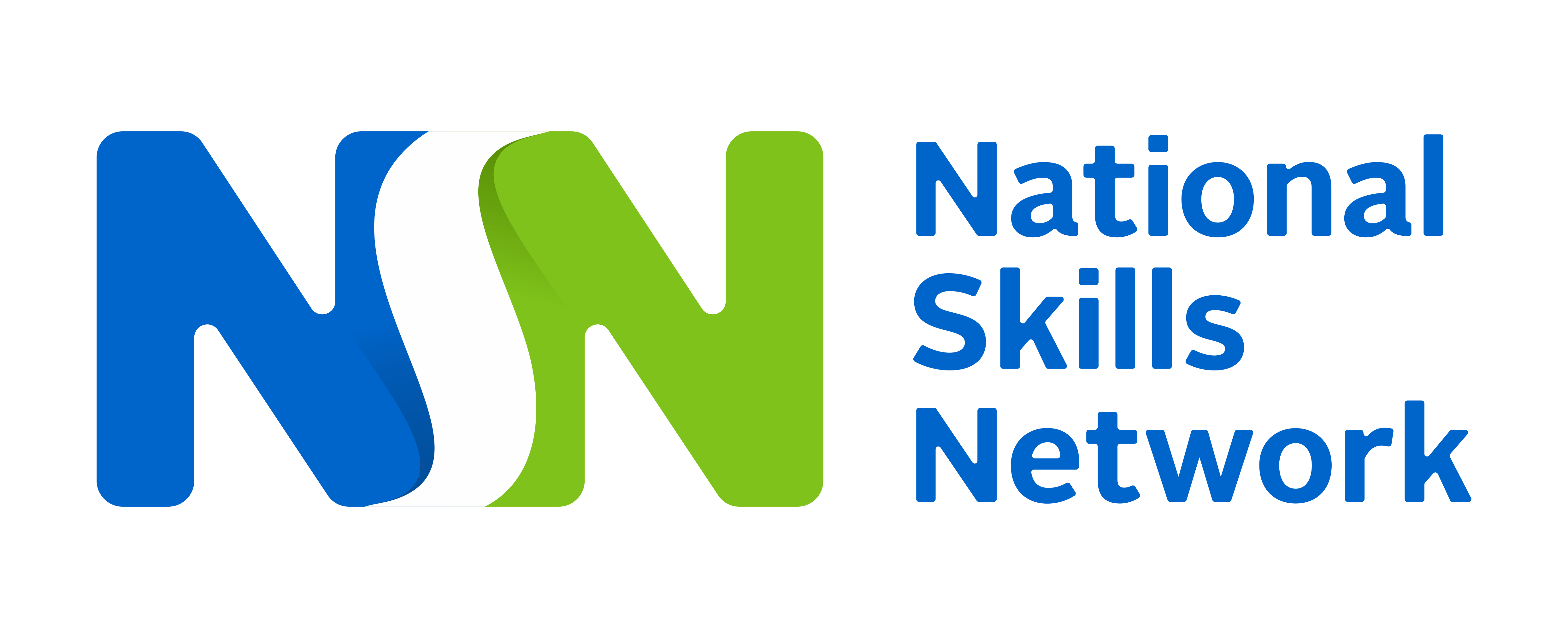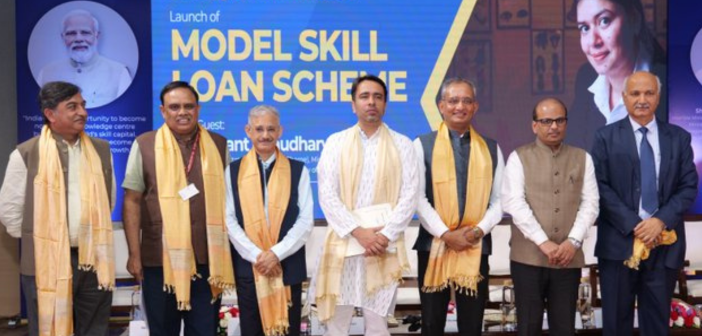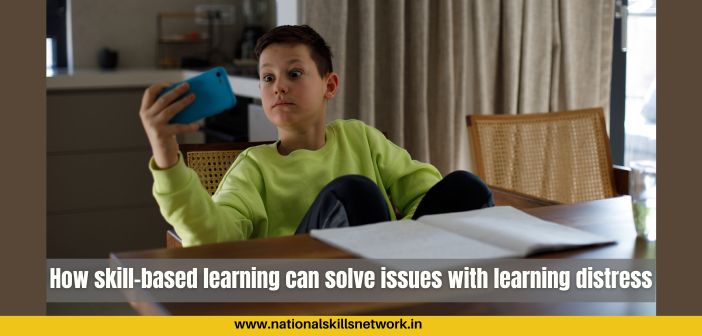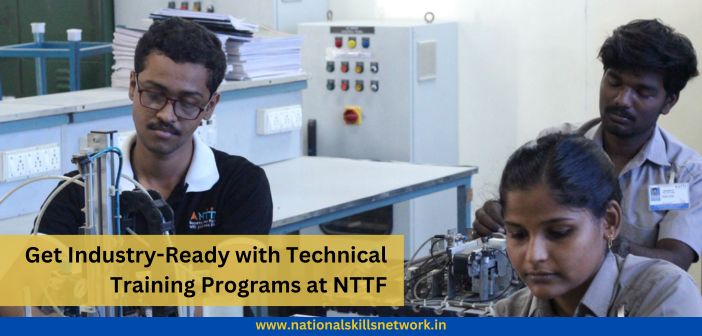“Our partnership with Bajaj has transcended traditional CSR engagements. It has evolved into a dynamic collaboration where we actively contribute to shaping the University’s curriculum, pedagogy, and faculty training. The depth of our involvement is reflected in our joint efforts to address gaps in skill development. This comprehensive approach encompasses diverse aspects, from curriculum delivery and pedagogical methods to batch rotations and employment prospects,” Dr Anshuman Shastri, Director, Banasthali Vidyapith.
To learn more about the Bajaj Engineering Skills Training (BEST) Program, centre of excellence in engineering skills, program details and employment opportunities, industry academia collaboration and more, we conversed with Dr. Anshuman Shastri, Director, Banasthali Vidyapith and Mr. Sudhakar Gudipati, VP CSR, Bajaj Auto.
Below are a few excerpts from our conversation. You can watch the full video on our YouTube channel.
Q. How can women be empowered with relevant skills for unconventional yet promising roles in manufacturing?
Dr. Anshuman Shastri: Our nation consistently produces a substantial number of engineering graduates, yet we struggle to create employment opportunities at a corresponding rate. As a result, graduates often face a significant knowledge gap, focusing predominantly on theoretical aspects rather than practical industry needs. Industries frequently express concerns about this disparity. Our project uniquely tackles this issue of national importance by bridging the gap between theoretical education and practical industry expectations. The growing emphasis on scaling further underscores the relevance of our initiative.
Q. Can you explain how Bajaj Auto’s BEST program addresses skill gaps and low employability among engineering graduates while fitting into CSR initiatives?
Mr. Sudhakar Gudipati: Bajaj Group has a long-standing tradition of impactful CSR initiatives and charitable endeavours. Empowering youth has been a vital facet of our corporate social responsibility. We strategically chose skill development as a paramount focus area, with engineering skilling taking centre stage.
Recognizing our unique expertise in manufacturing practices and engineering excellence on a global scale, we aspire to go beyond mere financial support. Collaborating with Banasthali, we are leveraging the collective experience of our engineers and senior leadership to shape a pioneering program.
The BEST program represents our commitment. With over 12 million youth entering the workforce annually, the question of their industry readiness appears large. In the manufacturing sector, technology has revolutionized operations, rendering manual labour a thing of the past. However, engineering and diploma students often need more exposure to contemporary and cutting-edge technologies.
We aim to bridge the academia-industry divide, offering crucial modules that equip students with hands-on skills. BEST addresses this gap comprehensively, catering to both engineering and diploma students. By nurturing practical proficiency, we are propelling the next generation towards a future of industry excellence.
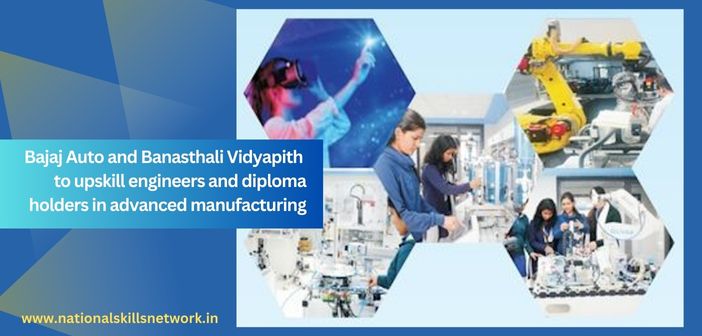
Q. How does Banasthali Vidyapith collaborate with Bajaj Auto to offer practical training, especially in industry 4.0-related manufacturing?
Dr. Anshuman Shastri: Our School of Legal Studies was established in 2013, followed by the Bajaj School of Automation, which equipped students with industry-ready automation kits, robots, and mechatronic systems.
As we anticipate the imminent launch of this transformative initiative, we are eager to witness the fruition of our collaborative endeavours. The forthcoming journey promises to empower graduates and diploma holders, propelling them toward fulfilling and rewarding career paths.
Q. How does Banasthali Vidyapith’s partnership with Bajaj Auto utilize strengths for the program’s success? Could it become a Center of Excellence for similar initiatives with other institutions?
Mr. Sudhakar Gudipati: Addressing a critical gap in practical education, our collaboration with Banasthali introduces an unparalleled intervention. We’ve curated a hands-on training curriculum with industry-grade equipment sourced from global vendors. This exceptional approach, encompassing modules like mechatronics, robotics, and Industry 4.0, aims to empower engineers from diverse backgrounds.
The inaugural batch, commencing at Banasthali, marks a significant pilot. The insights garnered will guide expansion to 10 BEST centres nationwide. This transformative effort reflects our commitment to practical education, and learning from this pioneering initiative is key to its continued success.
Q. How was the BEST program conceptualized, and how is it being implemented? What are the benefits for students, and how can they enroll?
Dr. Anshuman Shastri: The program is primed for launch with equipment from 20 vendors already in place. Prospective female students can enrol on the website and undergo eligibility checks before signing up. As a women’s institute, we’re setting a benchmark and aim to establish a nationwide model through Banasthali-Bajaj collaboration.
Q. How does BEST program contribute to women’s empowerment and breaking gender barriers in manufacturing and related industries?
Mr. Sudhakar Gudipati: Addressing the challenge of women’s representation in the workforce, particularly in engineering, is a significant endeavour. Our collaboration with Banasthali University holds promise due to its substantial population of around 18,000 female students. At Bajaj, we are committed to promoting gender diversity in our CSR initiatives. We have even designated specific segments exclusively managed by women. Our group advocates for women’s empowerment and encourages them to pursue fulfilling careers. As we launch our nationwide initiative, I am pleased to share that our inaugural cohort will consist entirely of women, underlining our unwavering commitment to this cause.
Q. Can you share key program structure scholarship opportunities, duration, and target audience?
Mr. Sudhakar Gudipati: Our CSR initiative, in collaboration with Banasthali, was considered with the intention of addressing a critical gap. While top-tier institutions like Banasthali University have well-established brands and early placements for their students, there is a significant void in engineering and diploma colleges in tier two, three, and four cities. Our focus is on economically disadvantaged students, and this outreach forms the crux of our initiative.
Our target audience comprises students from these underserved backgrounds, creating opportunities that align with our CSR objectives. The initiative encompasses two distinct programs:
- Graduate Training Engineers (GTE):A comprehensive six-month program tailored for graduate engineers.
- Diploma Training Engineering (DTE):A four-month program for diploma holders.
Both programs emphasize hands-on practical learning, with 70% of the curriculum dedicated to this crucial aspect. Moreover, the programs are entirely residential to ensure an immersive learning experience. Through this initiative, we aim to bridge the gap and empower aspiring engineers from all corners of the country.
Eligibility and Affordability:
- Graduate Program: Open to graduates in various engineering domains, including electronics, mechanics, mechatronics, communications, electrical engineering, or related fields.
- Diploma Program: Available to diploma holders in similar engineering disciplines.
Fee Structure and Scholarships:
- Nominal fees are set at the university’s lowest level to ensure accessibility.
- Up to 80% of scholarships will be provided based on financial need.
- Students with limited financial resources are eligible for scholarships and it can benefit from reduced fees.
- All-inclusive fees cover training, accommodation, lodging, and boarding.
- Participants can engage in campus activities, embracing Banasthali’s holistic education model.
- A wide range of experiences, free of charge, enhances their short stay, ensuring an inclusive and enriching environment.
Holistic Learning Approach:
- Learning experience enriched by Banasthali’s fivefold education system.
- Despite their short stay, participants gain access to diverse campus activities and experiences.
Future Prospects:
- Plans to include tailored programs for industry executives seeking upskilling.
- Ongoing commitment to cater to industry demands through innovative offerings.
Q. How can other organizations initiate industry collaborations with Bajaj Auto?
Mr. Sudhakar Gudipati: In line with our hands-on and practical-focused approach, industry collaboration plays a pivotal role in maximizing the impact of our CSR initiative. Bajaj’s commitment to this program emphasizes uplifting students from economically weaker sections.
We’re reaching out to various industries in the automotive and manufacturing sectors to foster collaboration and benefit students. There are four potential ways for industry collaboration.
Four Ways of Collaboration:
- Real-World Projects: Industries can actively contribute by defining projects that mirror real-life scenarios within their factories. This direct involvement ensures that students gain practical insights and relevant experience.
- Guest Lectures: Bridging academia and industry, guest lectures featuring industry experts enable students to connect directly with the practical application of their learning.
- Industry Exposure Visits: Complementing the advanced lab infrastructure, guided industry visits help students correlate theoretical knowledge with real-world industrial processes.
- Placements: The ultimate goal is sustainable livelihood for students. With industries seeking skilled talent, multiple job offers provide students with diverse and fulfilling career opportunities upon program completion.
Also read: Empowering engineers with in-demand skills that make them industry-ready
Empowering Students Through Industry Collaboration
This multi-faceted engagement ensures the holistic development of students, equipping them with practical skills and industry insights. The shared commitment of industries and our CSR initiative paves the way for a brighter future for these aspiring engineers.
